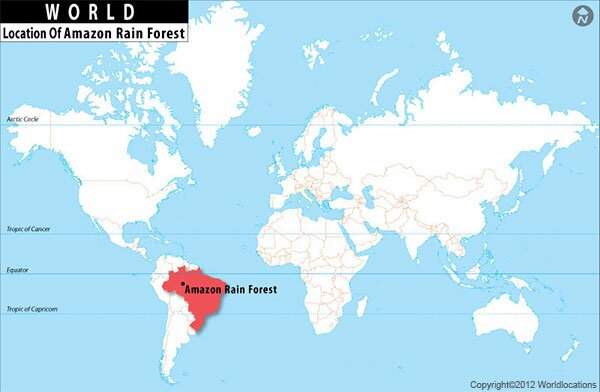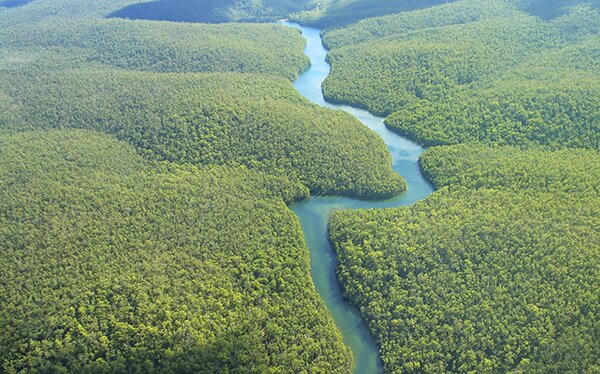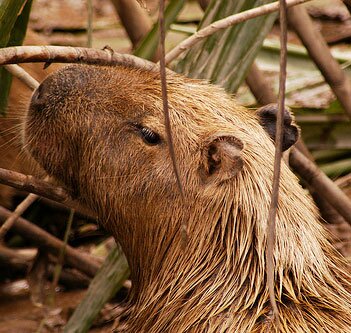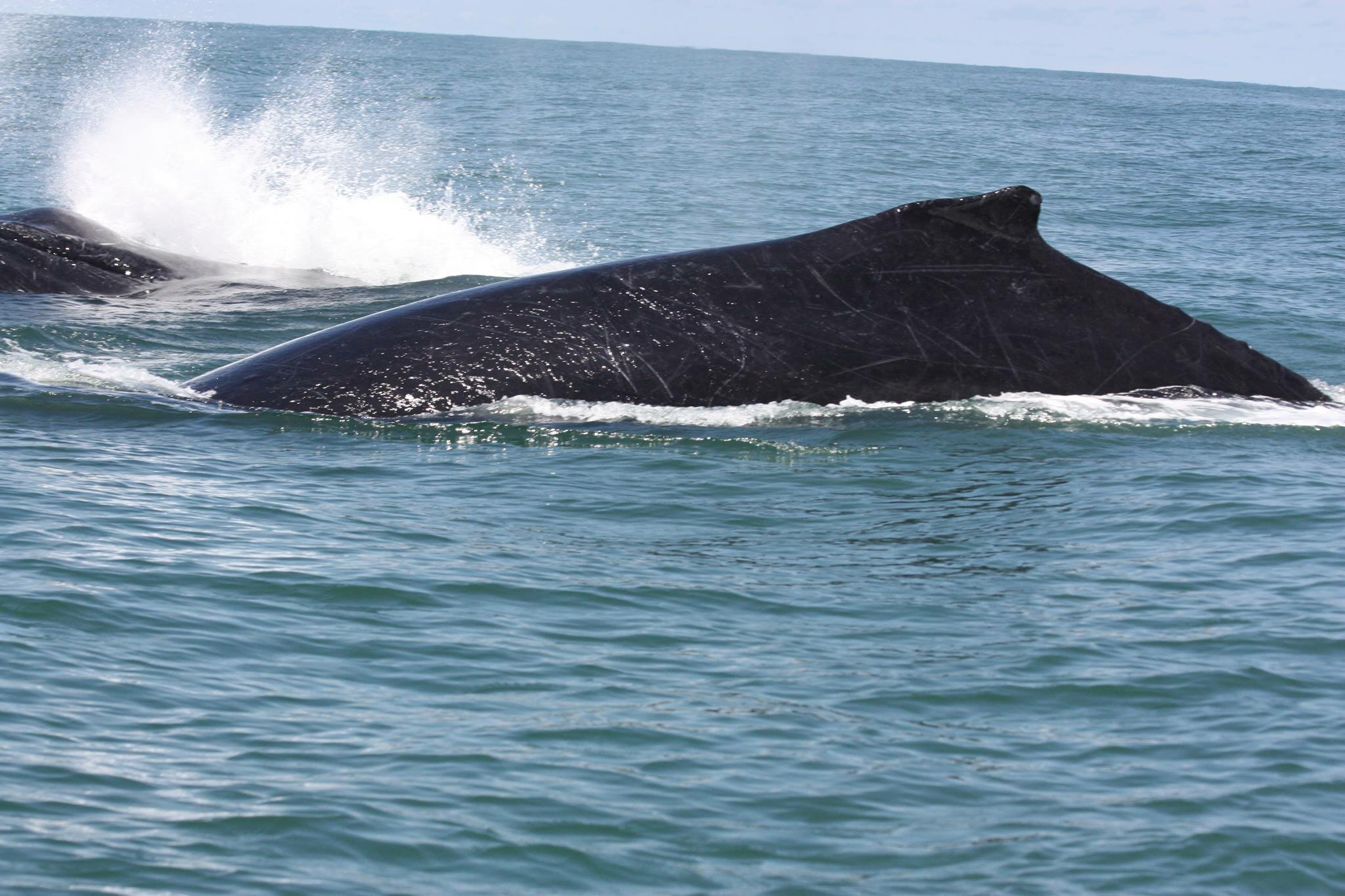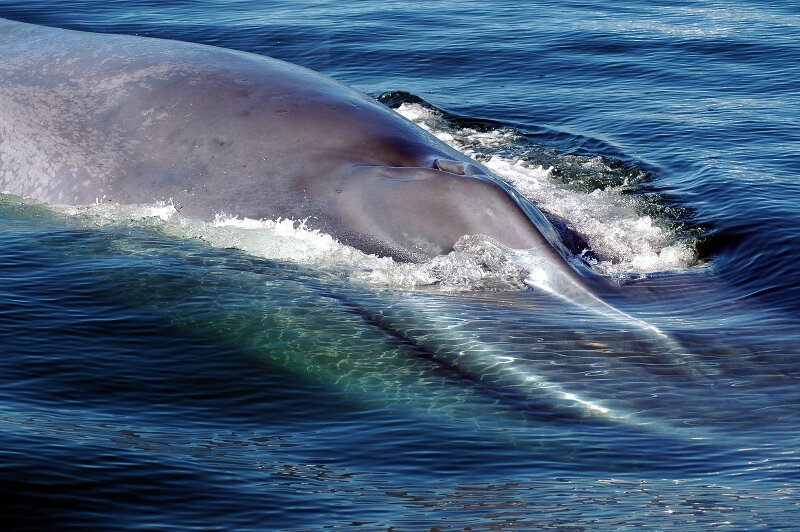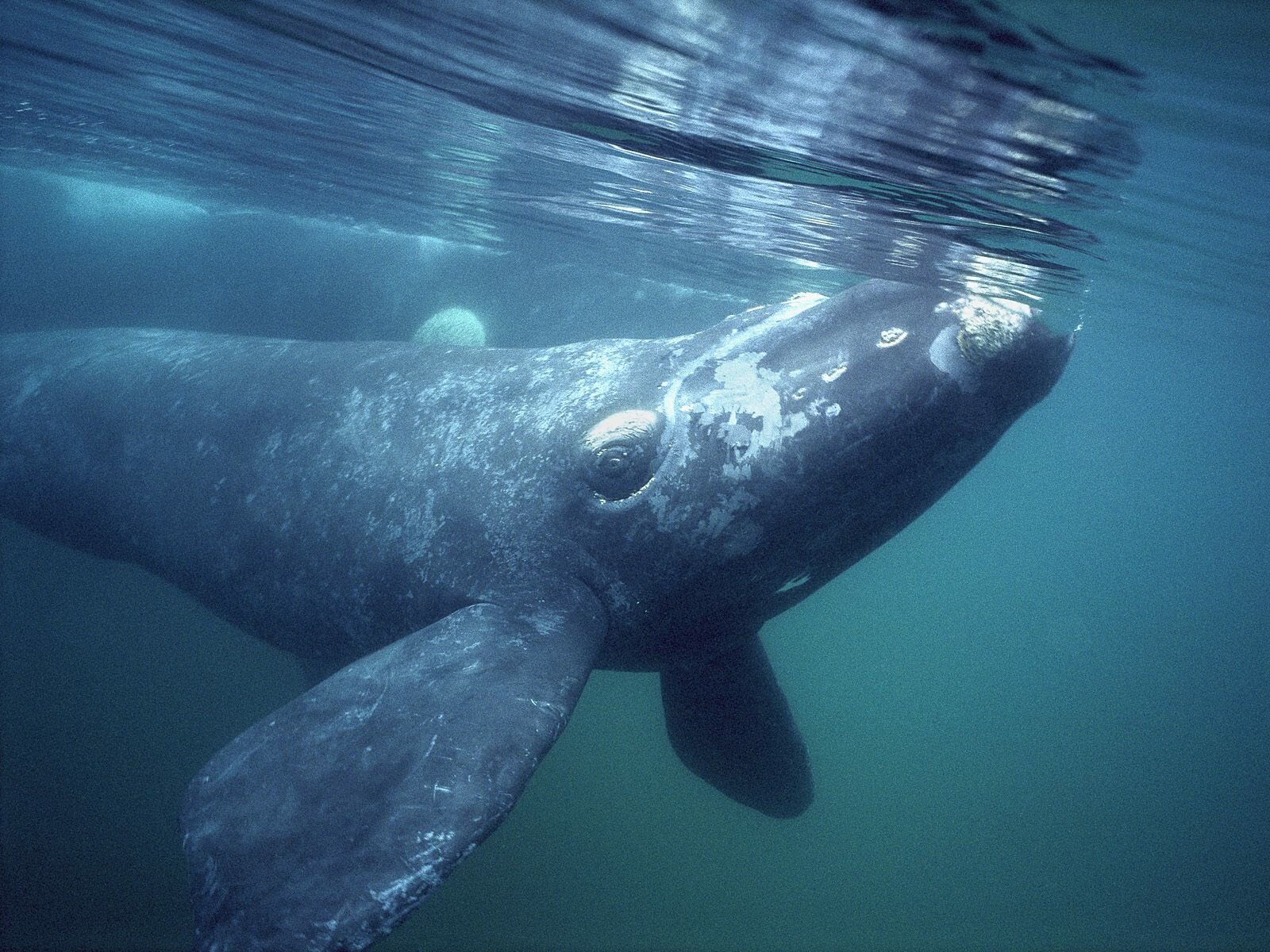Vea esta publicación en español.
.jpg)
In the heart of the Brazilian Amazon is the Rio Negro Sustainable Development Reserve, an area that is rich in biodiversity and home to several small communities that depend on natural resources for a living. Pousada Garrido is the only hotel in the Tumbira region, and it is owned by a former logger and community leader named Roberto Mendonça.
Pousada Garrido has become a source of income for Mendonça as well as several other local families who offer tourism services to visitors. The inn also uses solar energy (as does the entire community), recycles, supports local artisans with reusable materials, and purchases foods from local producers. This year, Pousada Garrido earned Rainforest Alliance verification for sustainable tourism.
Tourists are drawn to Tumbira for the richness and exuberance of its forests, including the many bird species that abound there. Mendonça partnered with a local tour guide named Cleudilon, whose nickname is Passarinho, or "little bird" in Portuguese, because he can perfectly imitate 32 types of birds! (Scroll down to see an awesome video of Cleudilon calling to birds in the forest.) The two recently undertook a project to make the inn into a perfect site for bird watching. And you can help make it happen! Visit the community's crowdfunding page, to help them turn Tumbira into a community-based ecotourism center.
Paula Arantes of Garupa, the NGO helping Mendonça and Cleudilon raise money for the project, tells us more about the initiative.
Question: What is the plan for the money you hope to raise?
Paula Arantes: Roberto and Cleudilon want to turn their community into a birding and community tourism center. To get started, they intend to adapt the infrastructure of Pousada Garrido to sustainably accommodate more guests and provide what is needed for birding. They also want to publish a guide to the local birdlife as a reference for tourists and an educational resource for the children of the community.
Q: Why are Tumbira and Pousada Garrido such special places for bird watching?
Arantes: Though you can see birds everywhere in Amazon, Tumbira is special because its pathways make it easy to see many varieties of birds, and the area is easily accessible by land or by boat. Furthermore, Cleudilon's incredible talent for imitating birds and really enhances the birding experience.
Q: What do you need to carry out the project?
Arantes: Investments need to be made to expand the inn without negatively impacting the environment. More equipment is also needed for bird watching, and Cleudilon needs resources to develop the bird guide. The goal is to raise around US$8,800 (20,000 Brazilian reales) to help cover building materials, labor, the development of the guide, and more.
Q: What progress has been made so far?
Arantes: Thanks to the Rainforest Alliance verification process, we've identified the appropriate areas for making investments and improvements in a sustainable way.
Q: How does this project benefit the community?
Arantes: More tourists means more sustainable income for the residents! Supporting community-based tourism is one of the best ways for travelers to ensure that their vacation is sustainable.
Q: How can people help?
Arantes: On the project page on the Garupa website, you can find more details about the initiative and make an online donation to co-finance this effort. Donors receive tokens of appreciation, such as photographs, the bird guide, and even stays at the inn, depending on the amount contributed. Donating any amount, no matter how small, and sharing our project with your friends and family is the best way to make Roberto's dream a reality!
Watch this amazing video to see how Cleudilon imitates birds!



